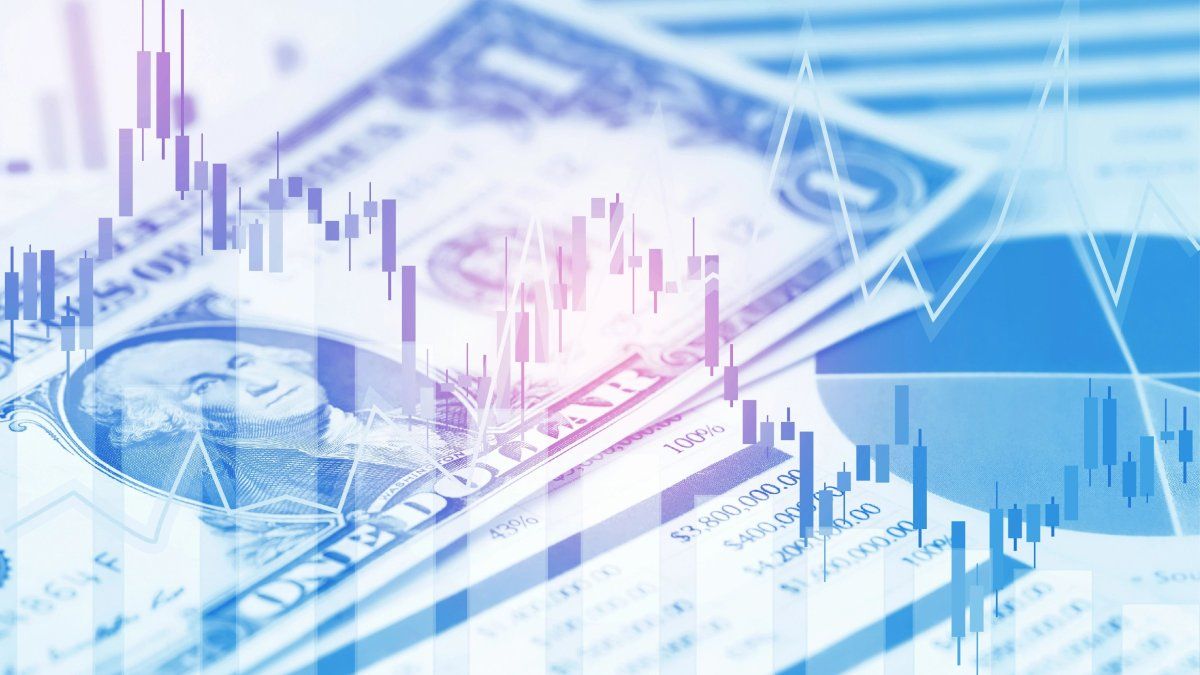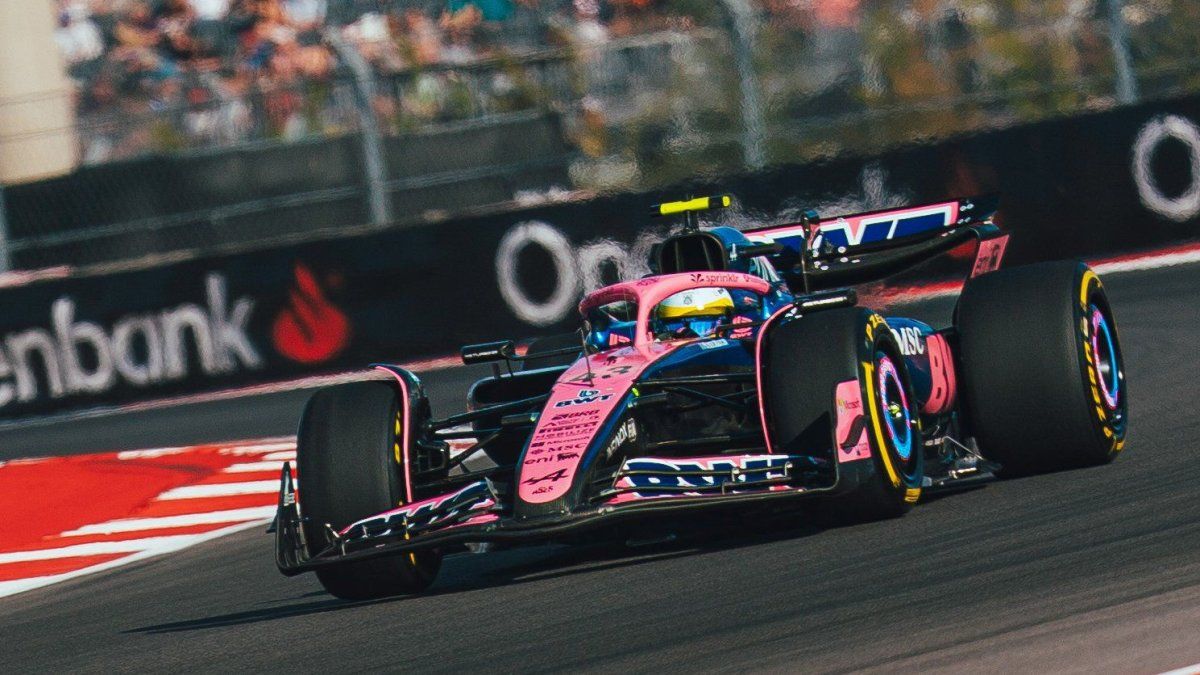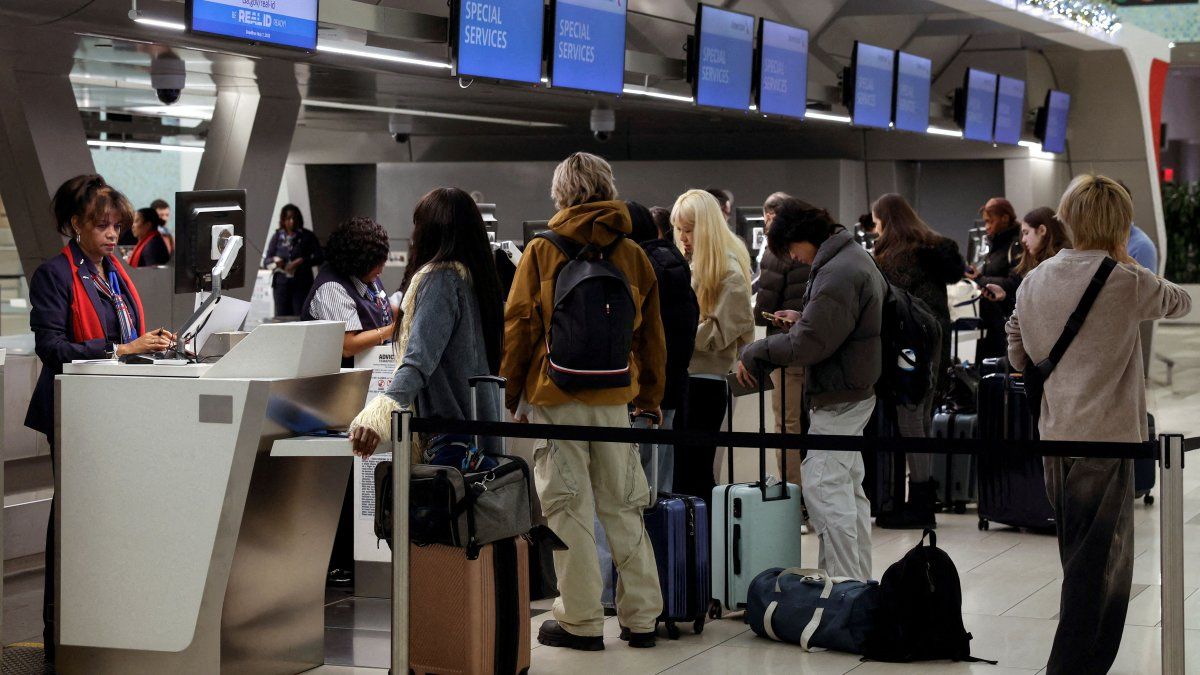Journalist: Trump meets. The rise of tariffs to Canada, Mexico and China entered into force. There was no postponement. And governs full. 25 points to the commercial partners of the USMCA (the Treaty promoted by Trump in 2020 that replaced the gasoline) and 10 extra points to China (since Trump assumed his second mandate, already adds additional 20). It is not very clear who harms more. If the sanctioned countries, or the United States sticking a shot on the feet.
Gordon Gekko: It is the chicken game. And Trump took the step forward. It risks a frontal shock. He knows, but he doesn’t stop. He tells us that this time he speaks seriously. Because, first of all, they need to take it seriously to specify their plans. Not as happened with Zelenski, who was in the slaughterhouse because Trump had been strict in his conditions, but continued to believe he had room to negotiate. When, by the way, in a carafal error of amateur diplomacy, the White House thought everything was ready for the official photo of the agreement in the Oval Hall.
Q.: And the operation was frustrated. Now it turns out that the US wants peace, Putin’s Russia wants peace, and Ukraine (and Europe) resist? How do you follow?
GG: And without the firm of Zelenski falls – or postponed – the “Deal” of the 500 billion dollars of rare minerals (a more rare arrangement than the minerals themselves, with a science fiction valuation) with which Trump planned to fasten the play for the gallery. How does the movie follow? With more erosion in the relationship between the US and Europe until the result that Washington is looking for. Or, alternatively, with Europe, taking charge of the defense of Ukraine. On the other side of the equation, Trump has already closed with Putin. And we have just seen an important consideration. The OPEC Plus decision to progressively increase crude oil production, starting in April, in 2.2 million barrels per day.
Q.: Energy policy is a key piece in Trump’s economic strategy. He wants abundant and cheap energy.
GG: Do not forget that negotiation was done in Riyadh. Saudi Arabia is part of the arrangement. In fact, the mantra went from “Drill, Baby, Drill”, which did not interest the oil companies too much, a much more practical, and fast, “Drill, Opec, Drill.”
Q.: How does this link with the commercial war and the Sablazo de los Tariffs?
GG: This is the Fentanyl War, said Commerce Secretary Lutnick. At least in terms of Canada and Mexico. Tariffs can go down if there are advances regarding drug income to the US. Q.: How to measure that in real time?
GG: Trump only and their people can do it.
Q.: This is very discretionary.
GG: Everything is discretionary. Everything starts with the agenda of the new administration, which, by the way, breaks spears with recent history. Fentanyl war is a snack. The commercial war begins in April 2, Lutnick said. The exception is China, which was already loaded since the beginning of the month with an extra backpack of 10 tariff points. Canada and Mexico are the Zelenski of this first negotiation. Canada loads with the additional weight of the unusual will of annexation that Trump expressed. That assimilates it to Ukraine even a little more.
Q.: It does not seem a conventional negotiation.
GG: It is not. Scott Besent, the Treasury Secretary, suggested to both countries that it would be well seen that they accompanied on their own the increase in the tariff that USA applied to China. Mexico seemed inclined to do it, but it didn’t happen. In any case, said Lutnick, if they prove the president to stop the entry of fentanil, “then, of course, Trump can remove these tariffs.”
Q.: The million -dollar question is what Trump really wants.
GG: In the case of Ukraine it is easy to know and, for the moment, impossible to accept. A peace agreement without more guarantees than your own word. With tariffs, Trump wants to create work in the US. The one that was lost at the hands of Mexico and Canada due to “guilt” of the free trade agreements, by case. Trump also wants the collection of tariffs, so we know that a rise – that cannot be so great as to cancel trade – will subsist. There were two approaches. One was going from less to more, a staggered increase. If we start with 25%, what can be expected are reduced later. The reverse path. And of course you have to complete the tariff map. Today a car – or a highway – from Mexico or Canada pays 25% tribute. One that comes from Korea, zero. It is logical to think that the average economy tariff can leave 3% to 10% as promised in campaign. That will end up closing when the scheme of reciprocal tariffs and sectoral cases is defined.
Q.: How much damage this will cause in the US themselves? Beyond the reprisals already announced by the affected countries …
GG: We saw enough damage in advance. The trust of entrepreneurs and consumers became trizas. The consumption stepped on the brake. Inflation expectations increased. And the activity activity stopped dry. As large -scale imports were anticipated – of everything, even physical gold – the economy can continue to function without dramas in the short term. “We have mattress for a couple of weeks of high tariffs,” said an executive of the automotive industry integrated with Canada and Mexico. But supplies and food prices will accelerate more. And agriculture, as we saw in the first mandate, will be an easy target punished by reprisals.
Q.: Is this the recipe to buy a recession, or not?
GG: With this, if you keep it over time, it reaches and left over. Today the consumer retracts and increases his savings in the face of uncertainty. It has no confidence, but it has income and employment. From now on they will slow their income. When you lose work, it’s Game Over. That is the time Trump has to get what he is looking for and clear chaos and confusion.
Q.: What do you think of the bag? It is said that he anticipates, and, the truth is that he did not anticipate what we see.
GG: So we go to a correction. But if Trump does not correct, he has chopped the ticket too.
Source: Ambito




